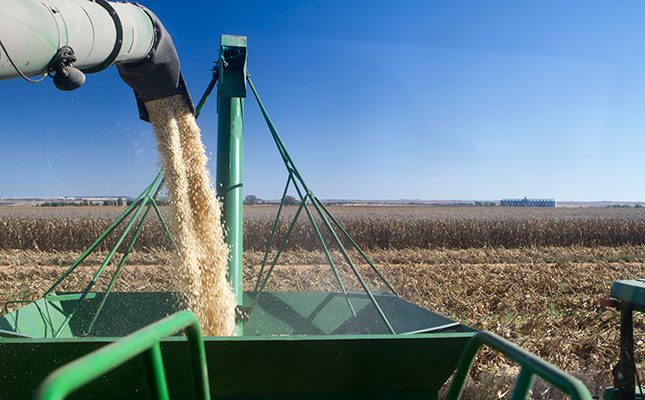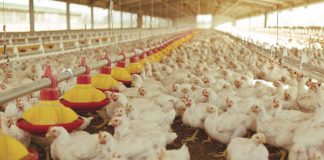
Photo: FW Archive
This trend was driven by decreased international prices of major cereals, which outweighed the increases observed in sugar and meat prices.
The FAO Food Price Index, which tracks monthly changes in the international prices of a set of globally traded food commodities, averaged 117.3 points in February, down 0,7% from January and 10,5% from the same month a year ago.
READ Zambia diversifies and revives cashew production
The FAO Cereal Price Index decreased by 5% in February to reach a level 22,4% below that of February 2023.
According to the FAO, maize export prices dropped the most amid expectations of large harvests in South America and competitive prices offered by Ukraine, while international wheat prices declined mostly due to a strong export pace from the Russian Federation. International rice prices also declined by 1,6% in February.
“The FAO Vegetable Oil Price Index decreased by 1,3% from January to stand 11% below its February 2023 value,” FAO said in a statement.
The FAO Sugar Price Index, by contrast, rose 3,2% in February, while the FAO Meat Price Index rose by 1,8% from January, with poultry meat quotations rising the most, followed by those for bovine meat, impacted by heavy rains disrupting cattle transportation in Australia.
“The FAO Dairy Price Index increased by 1,1%, led by higher import demand from Asian buyers for butter. Prices of milk powders and cheese also rose marginally,” the FAO said.
READ Is organic farming the solution to fight food insecurity?
Commenting on the decline, Agbiz chief economist Wandile Sihlobo said there were ample grain supplies in the global market, with the 2023/24 global maize harvest forecast at 1,2 billion tons, up 6% year-on-year (y/y), according to data from the International Grains Council (IGC).
“The IGC forecasts that the 2023/24 global wheat harvest will reach 788 million tons, which is well above the long-term average levels (albeit down 1% y/y). There is also a lot of rice globally, with the 2023/24 global harvest forecast at 511 million tons, well above the long-term average (but down 0,6 y/y). The 2023/24 global soya bean harvest is estimated at 391 million tons, up 5% y/y.”
He said these global production forecasts also implied a general improvement in the stocks of these major commodities and a moderation in prices.
READ The quest for healthy food
“Still, South Africa faces somewhat slightly different dynamics because of the heavy drought that is negatively affecting the harvest prospects, particularly maize, soya beans and sunflower seeds. There will likely be tight supplies domestically, specifically white maize, and we already see the reaction on SAFEX prices that have increased notably over the past few weeks.”
Dawie Maree, head of information and marketing at FNB Agriculture, said the decline in food prices was a double-edged sword for South Africa.
“On the one hand, it is good news in terms of food inflation forecasts for the consumers, especially in those commodities which South Africa is a net importer in, like wheat and rice. But the flip side is that producers can expect downward pressure on commodity prices, if one considers that the majority of our local commodity prices are linked to the international market.
“If this decline in the index continues, we can expect that food inflation will stabilise, which in turn bodes well for interest rates on international level. It can be expected that international central banks might start considering lowering interest rates.”
Maree said the not-so-good news was that local food inflation in South Africa might be higher for longer, which means that the South African Reserve Bank might be forced to keep interest rates higher for longer.
“The current challenge is the sharp increase in maize prices, specifically white maize, as a result of the drought conditions and severe heat that is experienced over the main white maize producing areas.”












